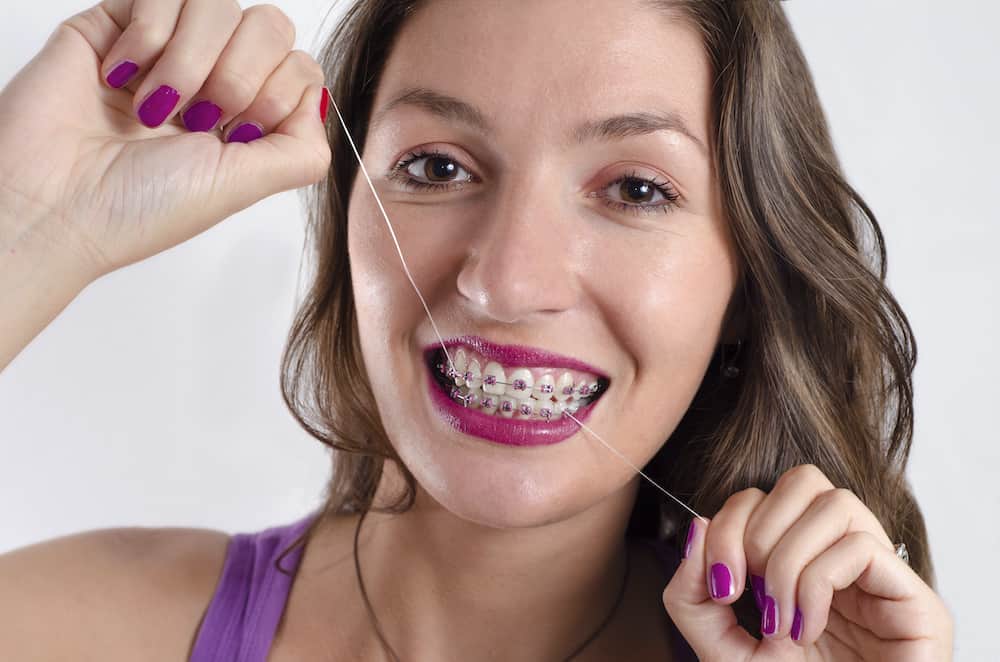Out of the changes you’ll need to get used to when you have braces, one of the most important adjustments will be how you floss your teeth. Right away, the idea of flossing with braces presents a major problem: The wires are directly in the way of the floss. Because of this, you’ll need to essentially relearn how to floss when you start orthodontic treatment with braces. Doing this will also require the right type of floss.
Floss Picks
Many people prefer the convenience of using a floss pick to floss their teeth since they don’t have to deal with wrapping the thread around their fingers. However, if you’ve gotten used to using this product to clean in between your teeth, you should consider learning the conventional method of flossing. Regular floss picks won’t allow you to bypass the archwire, which is necessary to access the spaces in between your teeth that need to be cleaned.
So when you get your braces, get ready to set aside your floss picks and stock up on conventional floss.
Choosing the Best Floss for Braces
When it comes to picking conventional floss, most dentists and orthodontists suggest waxed floss because it has a thin wax overlay that prevents the floss from shredding or accidentally snagging on your braces. The extra bit of thickness also means you get a more thorough cleaning every time you floss.
You can also still stick to a variation of a floss pick if you don’t get used to the conventional method of flossing. Platypus Orthodontic Flossers are shaped to reach around the archwire and access the space in between your teeth closest to your gums.
How to Floss with Braces
If you choose conventional floss, you will have to thread the floss under the archwire to clean in between your teeth. While this may seem tedious at first, it’s important to not just get in between the top parts of your teeth. If you don’t clean the gap by the gums, you will be susceptible to tooth decay and gum inflammation.
Over time, you will get used to threading the floss every time you clean your teeth. You can make this easier by using a floss threader, which is a small device the floss attaches to, allowing you to more easily maneuver the floss under the archwire. You can also find packs of floss that come with a built-in floss threader to give you everything you need to floss with braces in one package.
When flossing with braces, make sure to move the thread around so you remove built-up plaque and food particles. Of course, you’ll need to thread the floss back out instead of moving the floss back up in between your teeth. Once you find the right floss for you and get used to threading the floss, you’ll be cleaning like a pro in no time.
To learn more about how to best clean your teeth with braces and what to expect during orthodontic treatment, contact Smith Orthodontics today and schedule a free consultation.
